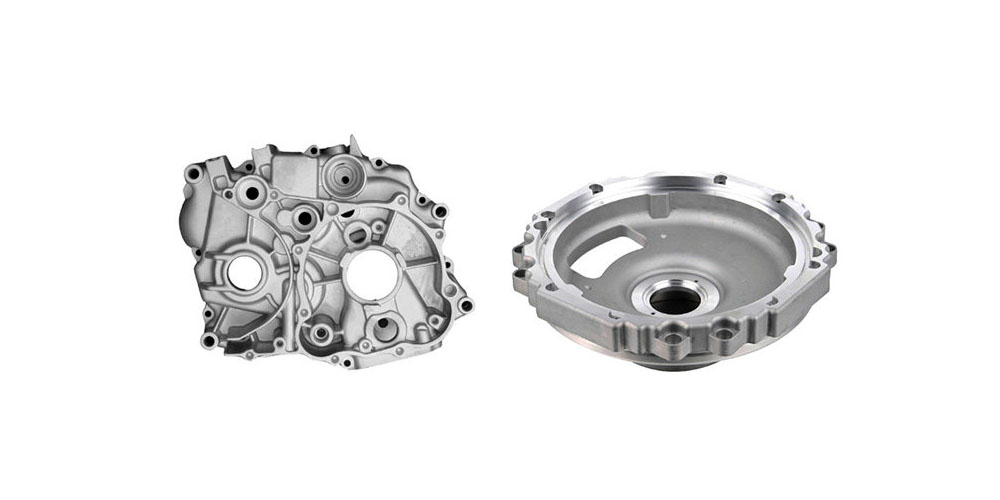Sand casting is a pretty ancient production technique. It was first documented in 1540. However, its popularity did not pick up until the machine construction, and automotive industry expanded in the 20th century. Sand casting parts have also become popular with the increased application of the technique. In this post, we look at the sand casting basics.
What is casting?
Sand casting is a casting method. Therefore, to understand sand casting, you must first understand the meaning of casting. Casting is a production technique where a metal block is liquified, then poured into a mold. The mold is usually created in the shape of the desired final part. Therefore, when the liquid metal solidifies inside the mold, it takes the shape of a specific part. The final component is then extracted from the mold and refined.
What is sand casting?
Now that you understand the meaning of casting and how it works, it should be easier to understand sand casting. There are four common types of casting. They are investment casting, plaster casting, die casting, and sand casting. Each of the techniques mentioned above uses similar steps.
However, they have a few variations, mainly in the material choice. Sand casting involves the use of sand as the mold. A special kind of sand is used in this case. The sand is usually combined with a chemical bonding agent. The role of the bonding agent is to keep the sand firm enough that it doesn’t lose its shape when the molten metal is poured. Manufacturers must also ensure that the sand is not too firm not to get shaken off after the metal has solidified.
The process of sand casting
Sand casting is a complex yet straightforward manufacturing technique. The sand casting process can be broken down into the following steps;
- The production of the mold part based on the drawings and product design
- The sand mixing stage where the sand is mixed with other components to meet the sand mold manufacturing requirements
- The modeling stage, also known as the core making stage, where the critical element in the process (the mold) is created
- The melting stage where the metal composition is transformed into a molten state
- The pouring stage where the molten metal is poured into the mold, which in this case resembles a sandbox
- The shaking off stage where the solid part is separated from the sand
- The cleaning stage, also known as the refining stage
Where is sand casting applied?
Sand casting uses a wide range of metals to produce varying objects. The objects come in varying shapes, sizes, weights, and designs. The most common applications of sand casting are;
- The manufacture of heavy equipment used in construction, mining, and farming
- The production of parts of the railway and shipping industry
- Manufacture of parts for storage
- Manufacture of military vehicle parts
- Production of metal artillery and supporting equipment
- Manufacture of plant machinery
The method is also applied in machining, forging, forming electrical machines, households, and art objects.
Final word
Sand casting is a significant part of manufacturing. For this reason, it is applied in a wide range of industries. The process of sand casting involves a wide range of components and enclosures. These components work together to make the process a success.
